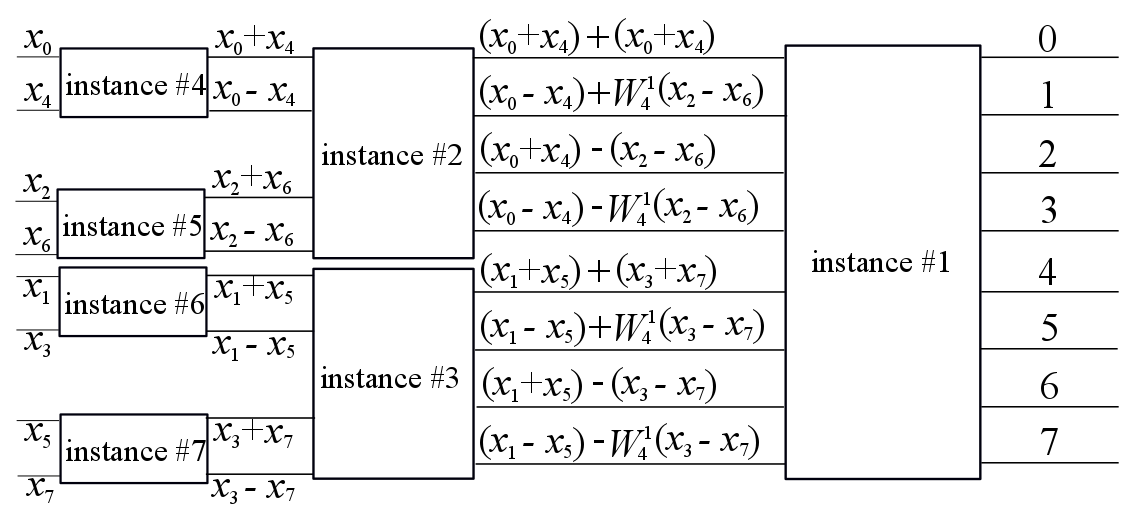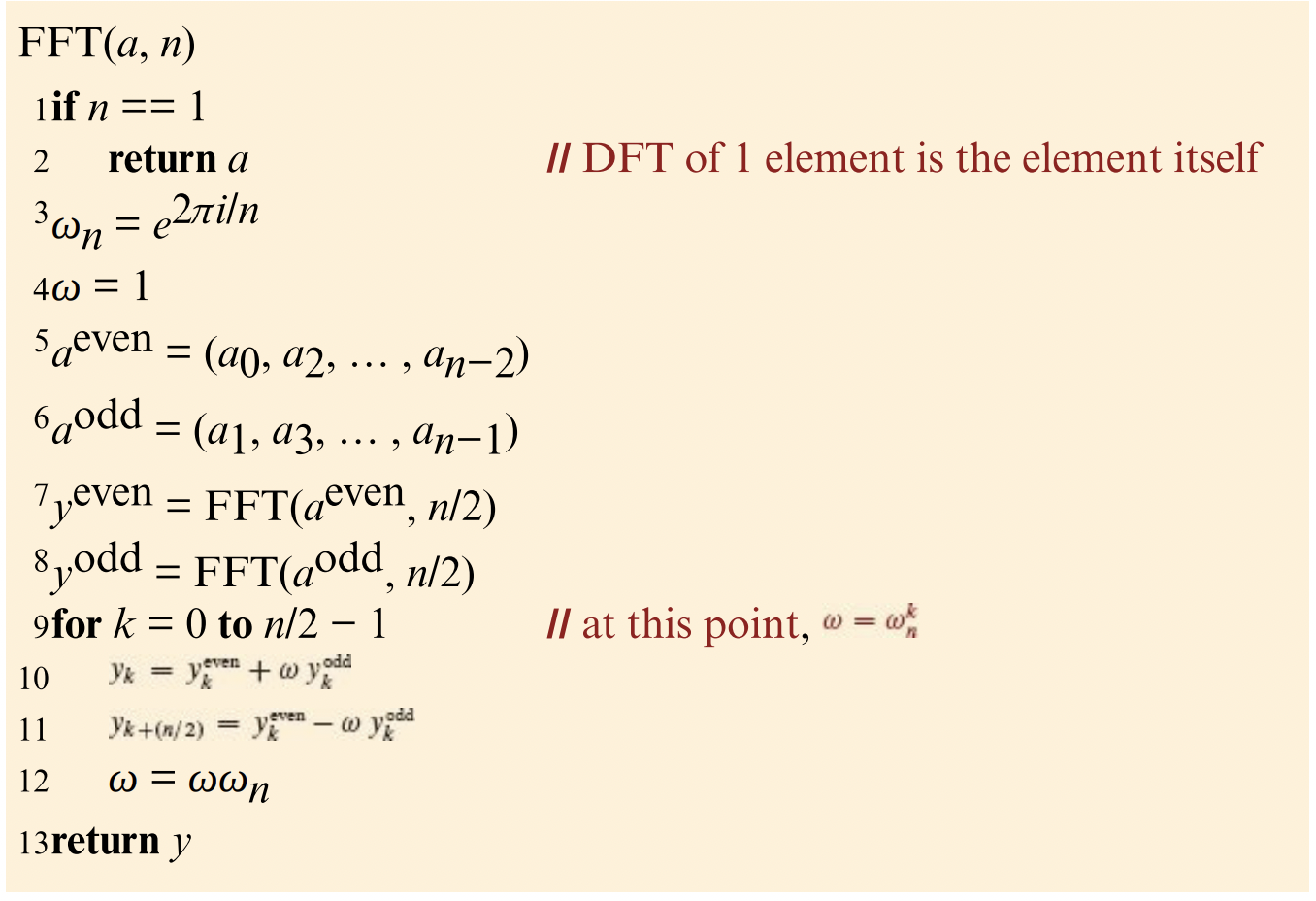Erasure Coding is a fundamental part of many algorithms and have a variety of use cases like securing data availability in blockchains and STARKs. And one of the key building blocks of Erasure Coding is Fast Fourier Transforms. Life is a full circle, right? I ran away from the course teaching Fourier Transforms as far as possible and here I am, trying to learn it again. But this time it’s different as curiosity has appeared wildly.
But you’re a dirty little liar with a message of obsession to come
You got your head in the clouds
And your world’s upside down
Get away from the life you’re living
Song time baby!! This time it’s Dirty Little Thing by Velvet Revolver. Oooooh, it’s a wild song. I couldn’t get the tune out of my head when I first listened to it.
DFT
Process to convert sequence of complex numbers to another sequence of complex numbers .1
IDFT
Interpolation
Vandermode
Vandermode matrix:
Working With Polynomials
Tldr
- DFT: Coefficient representation → point-value
- Inverse DFT: Point-value → coefficient
An -degree polynomial is represented in coefficient form:
Lagrange coefficients:
Algorithms and Time Complexity:
- Addition/Subtraction: in coefficient and point-value
- Multiplication: in coefficient and in point-value and converting between the two can be done in
Let the polynomial be defined with coefficients , with results for .
Above equation is the DFT equation, represented as .
FFT

Lemma’s that help in understanding FFT:
- Cancellation Lemma:
- Halving Lemma: squares of nth complex root of unity are n/2 complex n/2th root of unity.
- Summation Lemma:
Uses the following relation: .

Domain should be power of 2, and complex roots of unity, .
Why does it need to be power of 2?
It actually depends upon the algorithm used, the most optimised Cooley-Tukey algorithm runs in time, and uses roots of unity as the domain. And Cooley-Tuckey uses properties to divide into length , mostly 2. This is the radix property of the algorithm, thus it requires domain to order of length .
Let’s understand radix-2 Cooley-Tukey FFT algorithm
Cooley-Tukey Algorithm
Resources
- CLRS, Introduction to Algorithms, Chapter 30
- Radix-4 FFT
- FFT
- CP algorithms: FFT
- FFT over Finite Fields
- Ingonyama’s NTT 201
- Cryptography Caffe’s NTT: Part 1 & Part 2